Snakes are masters of stealth, and while most prefer to stay out of sight, some of the deadliest could be closer than you think. From venomous bites to their ability to blend seamlessly into their surroundings, these reptiles are as fascinating as they are dangerous. Whether you live in a suburban or rural neighborhood, it’s worth knowing which snakes might lurk nearby.
1. Copperhead
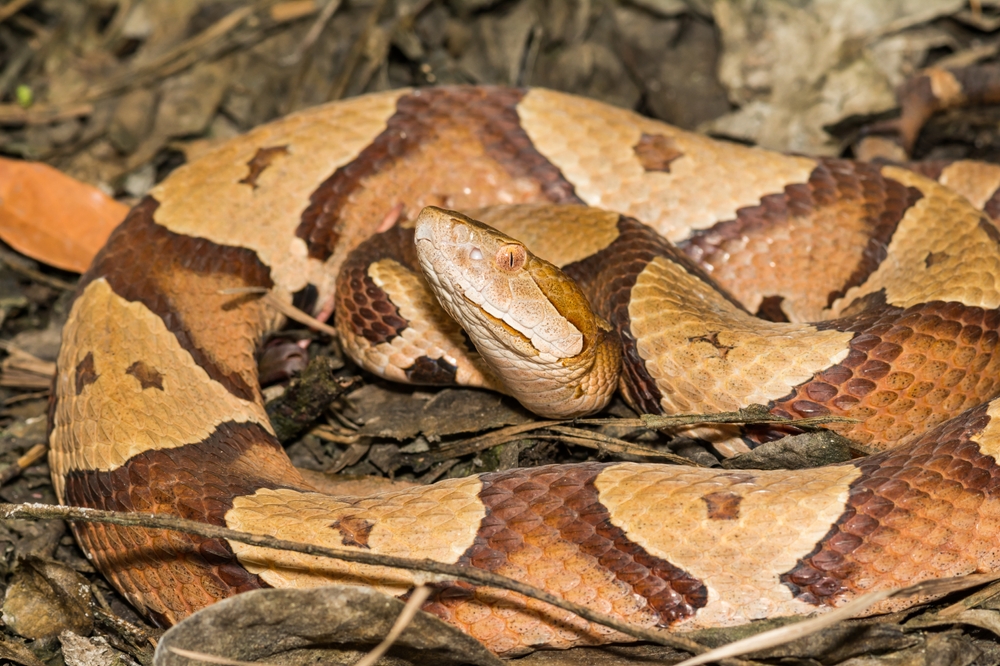
The copperhead is notorious for its camouflage, blending perfectly with fallen leaves and debris. Found in many parts of the U.S., this venomous snake is responsible for many snake bites each year. While its venom isn’t the most potent, it can cause intense pain, swelling, and tissue damage. Copperheads are shy by nature, but accidentally stepping too close could lead to an unfortunate encounter.
2. Rattlesnake
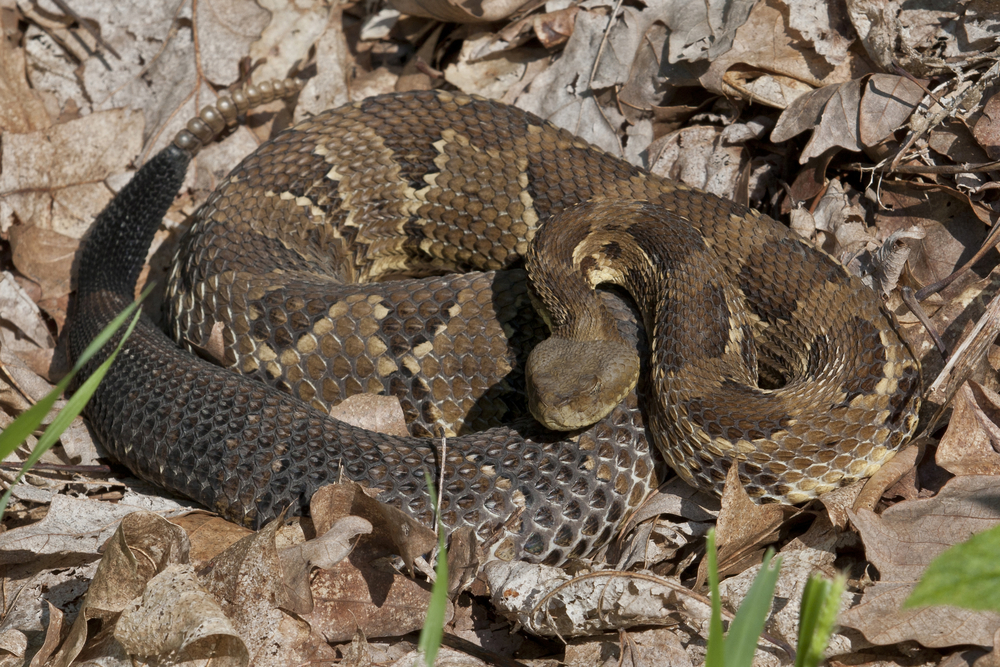
Rattlesnakes are easily recognized by the telltale rattle at the end of their tails, warning that danger is near. These snakes are found throughout North and South America, often in rocky or grassy areas, including backyards. Their venom can cause severe tissue damage, paralysis, or even death if untreated. While they’d rather avoid humans, their stealth makes them easy to miss until it’s too late.
3. Coral Snake
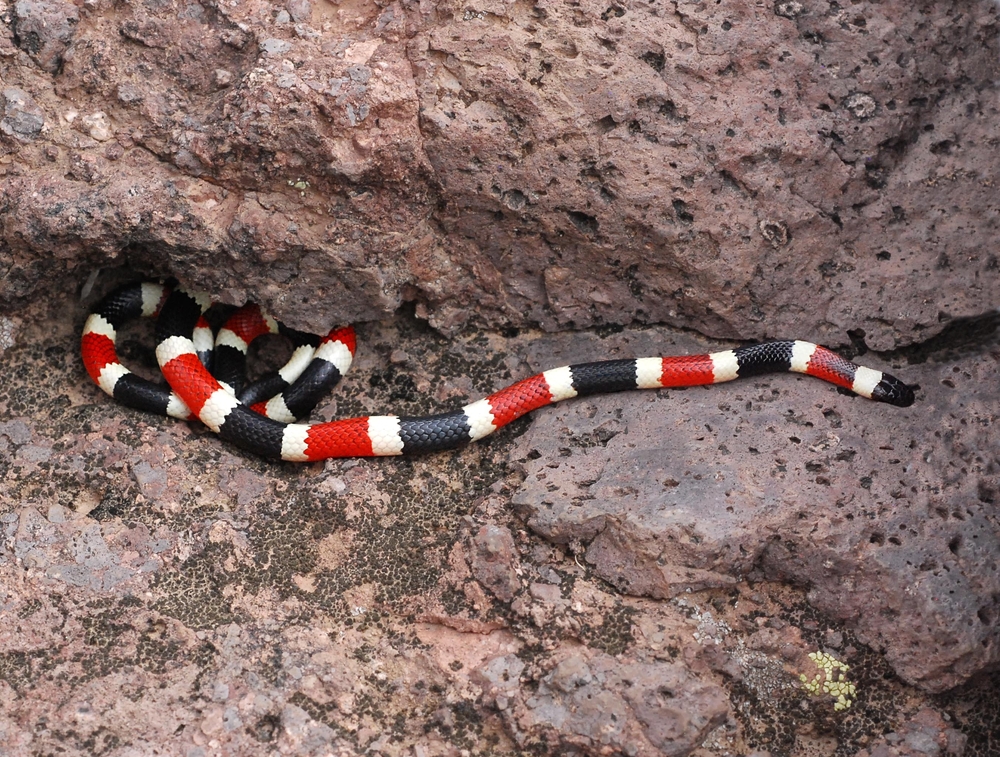
Coral snakes are small but pack a potent punch with their neurotoxic venom. Their red, yellow, and black bands are a dead giveaway, but they can easily be mistaken for harmless mimic species like the king snake. Found primarily in the southern U.S., coral snakes tend to hide under rocks, logs, or piles of leaves. A bite might not always deliver venom, but it can be life-threatening when it does.
4. Water Moccasin (Cottonmouth)
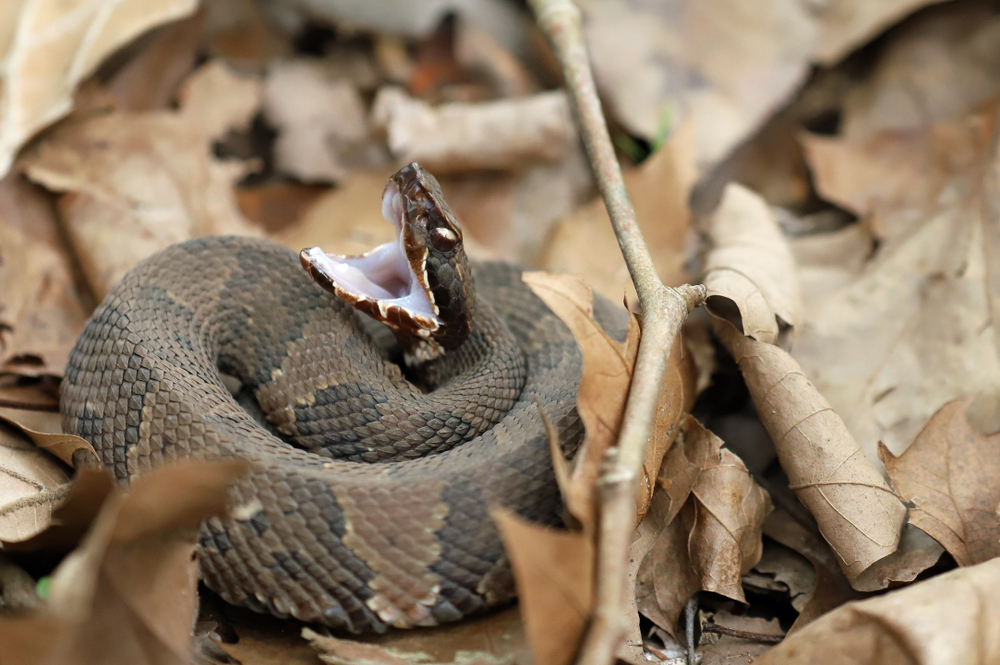
Water moccasins, also known as cottonmouths, are semi-aquatic snakes found in the southeastern U.S. Their aggressive behavior and venomous bite make them a snake to avoid at all costs. Often lurking near water sources like ponds, streams, or even backyard pools, they can strike without much warning. Their venom causes severe pain, swelling, and potential tissue destruction.
5. Black Mamba
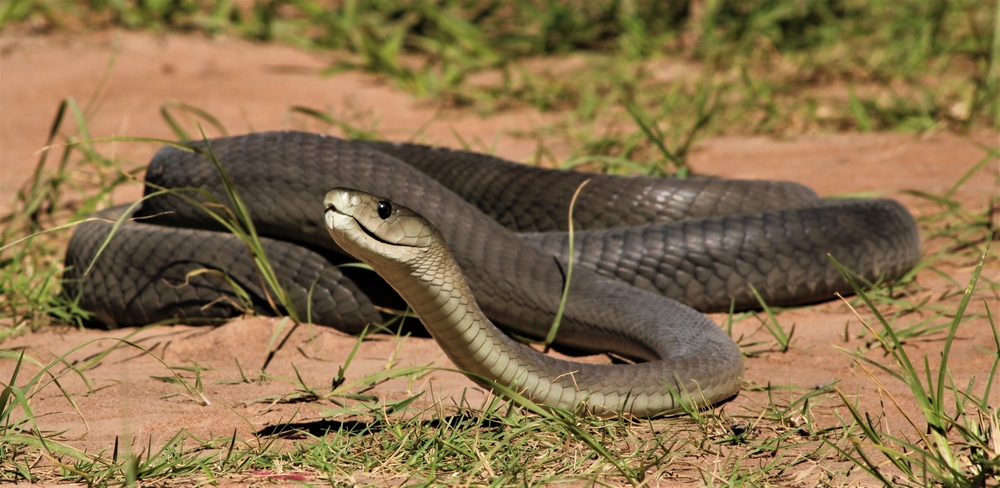
While black mambas aren’t native to most regions outside Africa, they’ve occasionally appeared in exotic pet incidents. Known for their lightning speed and highly potent venom, black mambas are one of the deadliest snakes in the world. A single bite can kill an adult human within hours if left untreated. Though rare in backyards, the idea of encountering one is nightmare fuel.
6. Eastern Brown Snake
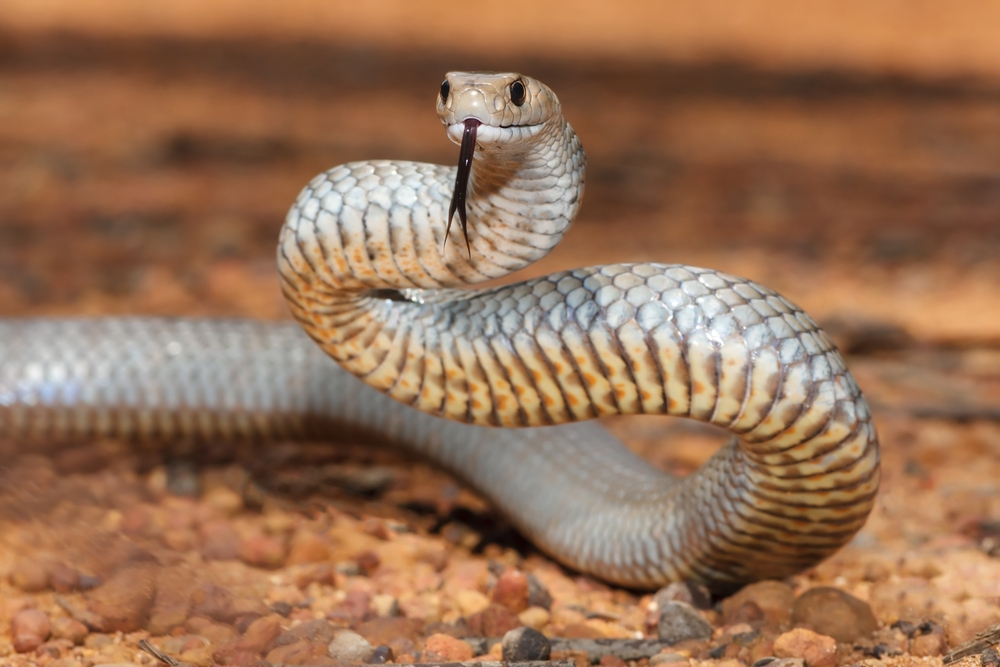
Native to Australia, the eastern brown snake is responsible for more human fatalities than any other snake in its region. Its venom attacks the nervous system, causing paralysis and blood clotting disorders. While they’re not common backyard visitors in most places, they’re a stark reminder of how dangerous snakes can be. In areas where they’re found, extreme caution is advised.
7. King Cobra
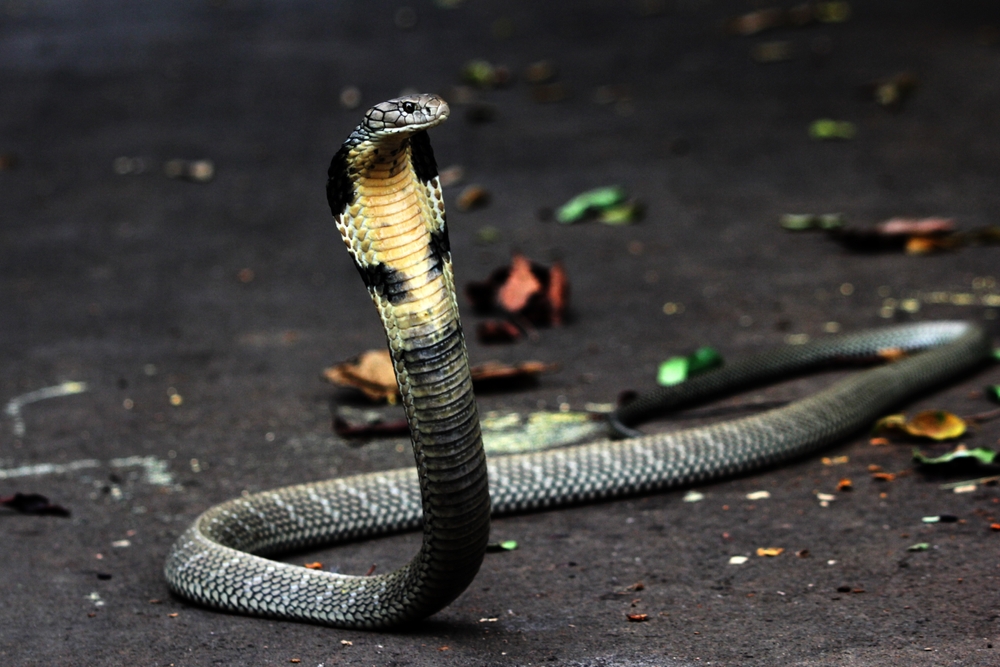
The king cobra is the longest venomous snake in the world and is as intimidating as its title suggests. Found in parts of Asia, it’s been known to venture into gardens and rural backyards in search of prey. Its venom can kill within hours by attacking the respiratory system, and it can deliver massive doses in a single bite. Though it prefers to avoid confrontation, provoking this snake can have deadly consequences.
8. Bushmaster
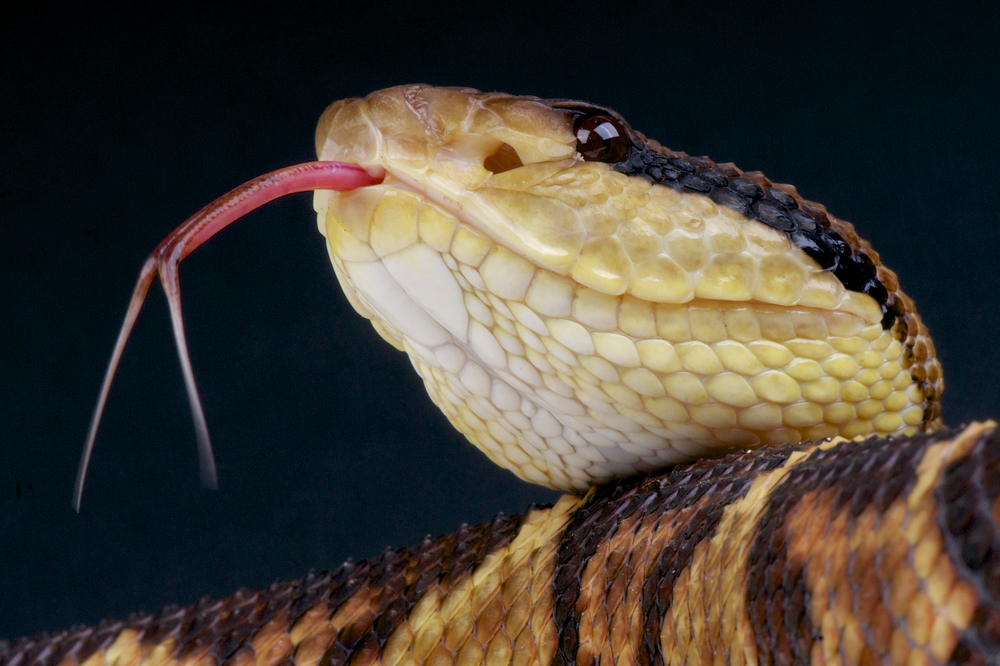
The bushmaster is a large, venomous snake native to Central and South America that often lurks in dense vegetation. Its nocturnal habits mean it can easily go unnoticed in backyards near forests or rural areas. The venom is hemotoxic, causing severe pain, swelling, and internal bleeding. While bites are rare, encountering this snake is a gamble you don’t want to take.
9. Eastern Diamondback Rattlesnake
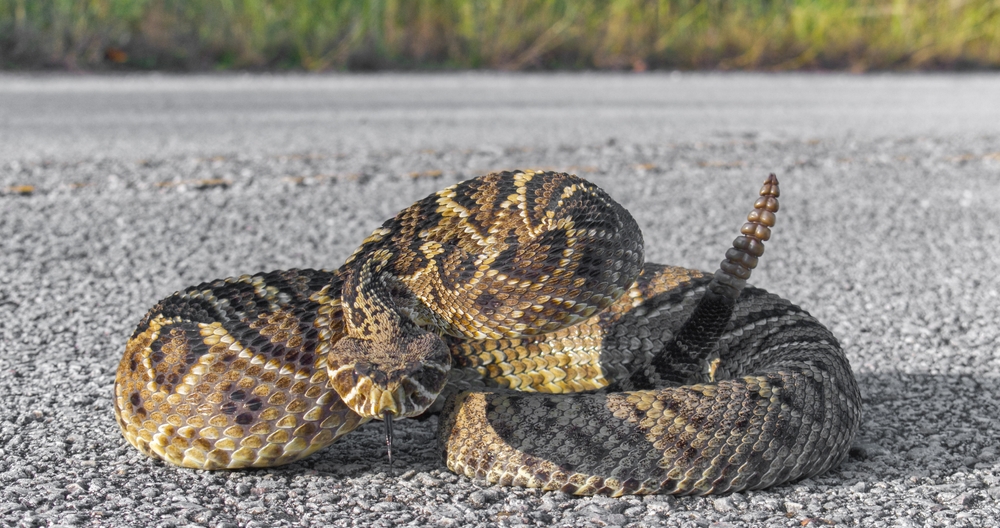
The eastern diamondback rattlesnake is the largest venomous snake in North America. Known for its striking diamond-patterned scales, it’s a formidable predator that prefers grassy or wooded areas. Its venom contains hemotoxins that can destroy blood cells and tissues, making bites potentially fatal. Spotting one in your backyard isn’t common, but it’s not impossible in the southeastern U.S.
10. Boomslang
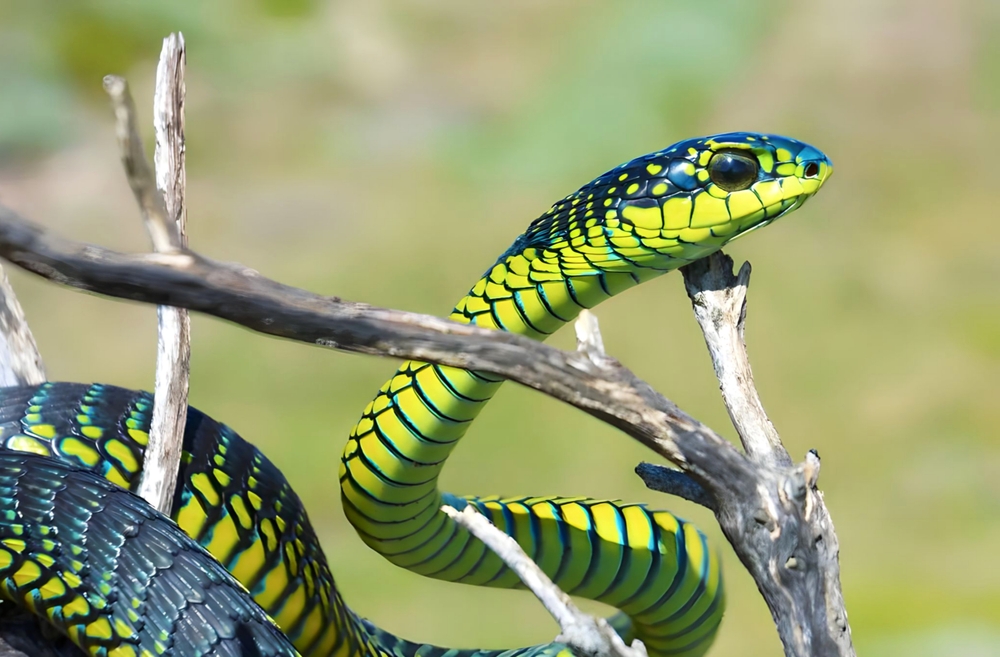
The boomslang, native to Africa, is an arboreal snake with a venom that causes internal bleeding and organ failure. While it’s not typically found in backyards outside its range, imported specimens occasionally escape captivity. Its striking green coloration allows it to blend seamlessly with trees, making it difficult to spot. A bite may not be immediately painful, but its effects are deadly if untreated.
11. Tiger Snake
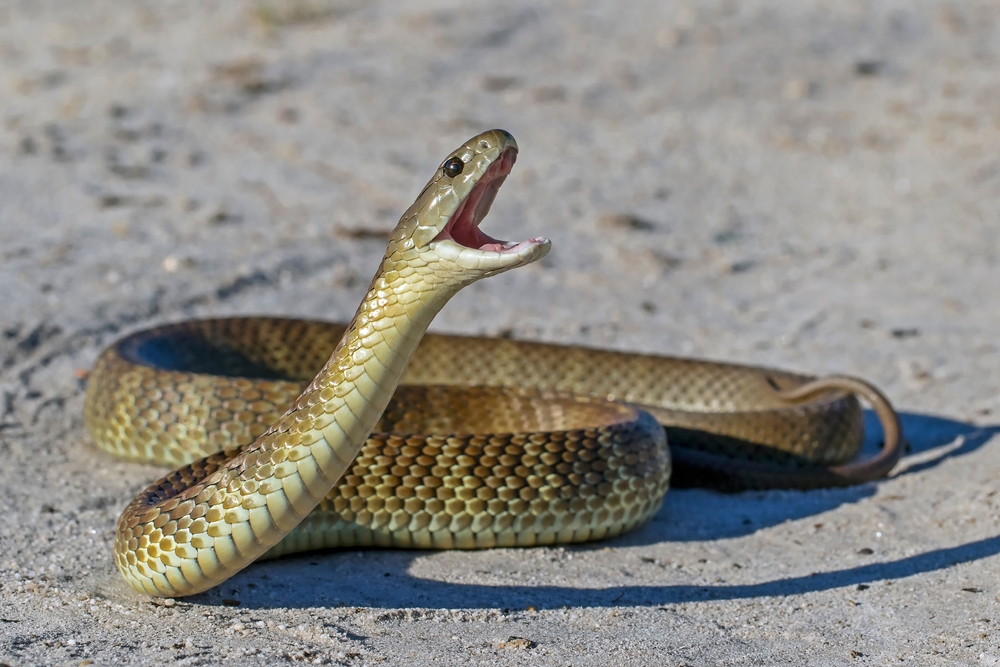
Tiger snakes, named for their distinctive striped patterns, are native to Australia but have occasionally turned up in other regions via the exotic pet trade. Their venom contains neurotoxins, coagulants, and myotoxins, making them one of the deadliest snakes in the world. They often seek shelter in woodpiles, sheds, or under debris, where they can go unnoticed. A surprise encounter with a tiger snake is as dangerous as terrifying.
12. Saw-Scaled Viper
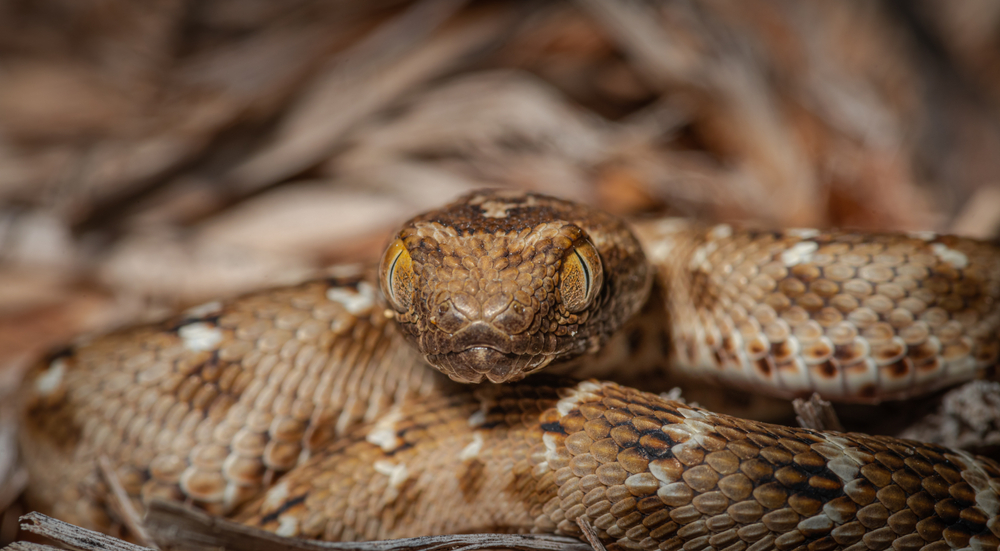
The saw-scaled viper is responsible for more human deaths than any other snake due to its widespread range and potent venom. Found in parts of Asia and Africa, this snake can deliver a dry bite or inject lethal venom with lightning speed. It’s often well-camouflaged in sandy or rocky areas, making it easy to overlook. If you’re in an area where they’re common, always watch your step.
13. Gaboon Viper

The gaboon viper, with its massive fangs and venomous bite, is one of the most dangerous snakes in Africa. Its camouflage allows it to blend perfectly with leaf litter, making it nearly invisible until it strikes. Its venom is a cocktail of hemotoxins and cytotoxins, causing intense pain, swelling, and rapid tissue destruction. Though not aggressive, stepping too close could result in a deadly encounter.
14. Fer-de-Lance
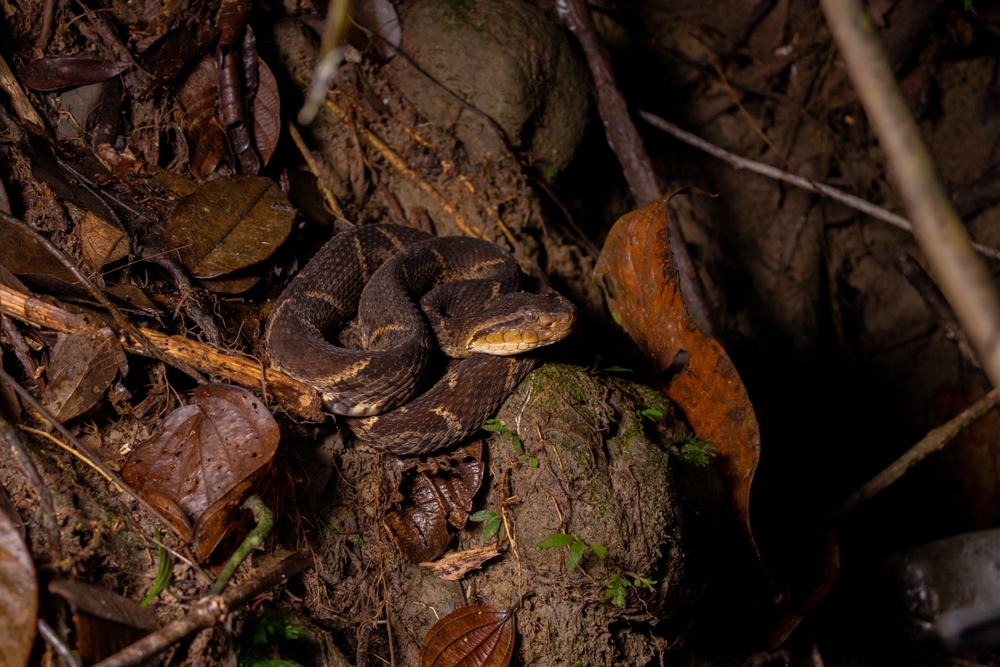
The fer-de-lance, found in Central and South America, is known for its aggressive behavior and highly potent venom. This snake is responsible for more bites and fatalities than any other snake in its range. It often lurks near water or in dense vegetation, making accidental encounters all too common. Its venom can cause severe tissue damage, internal bleeding, and organ failure.
